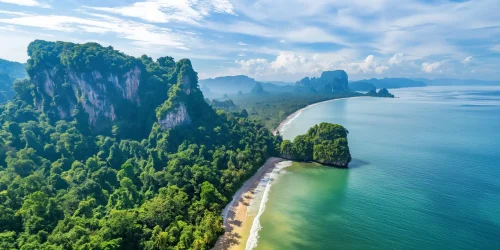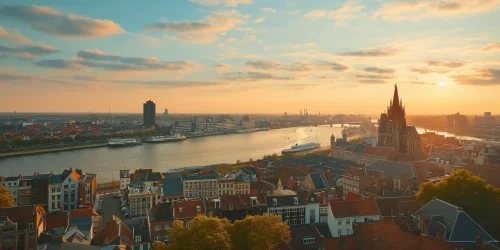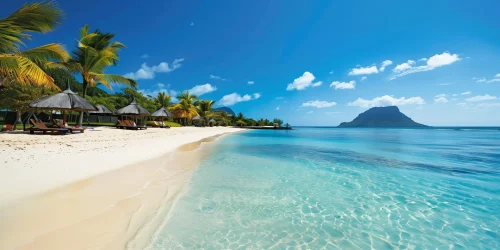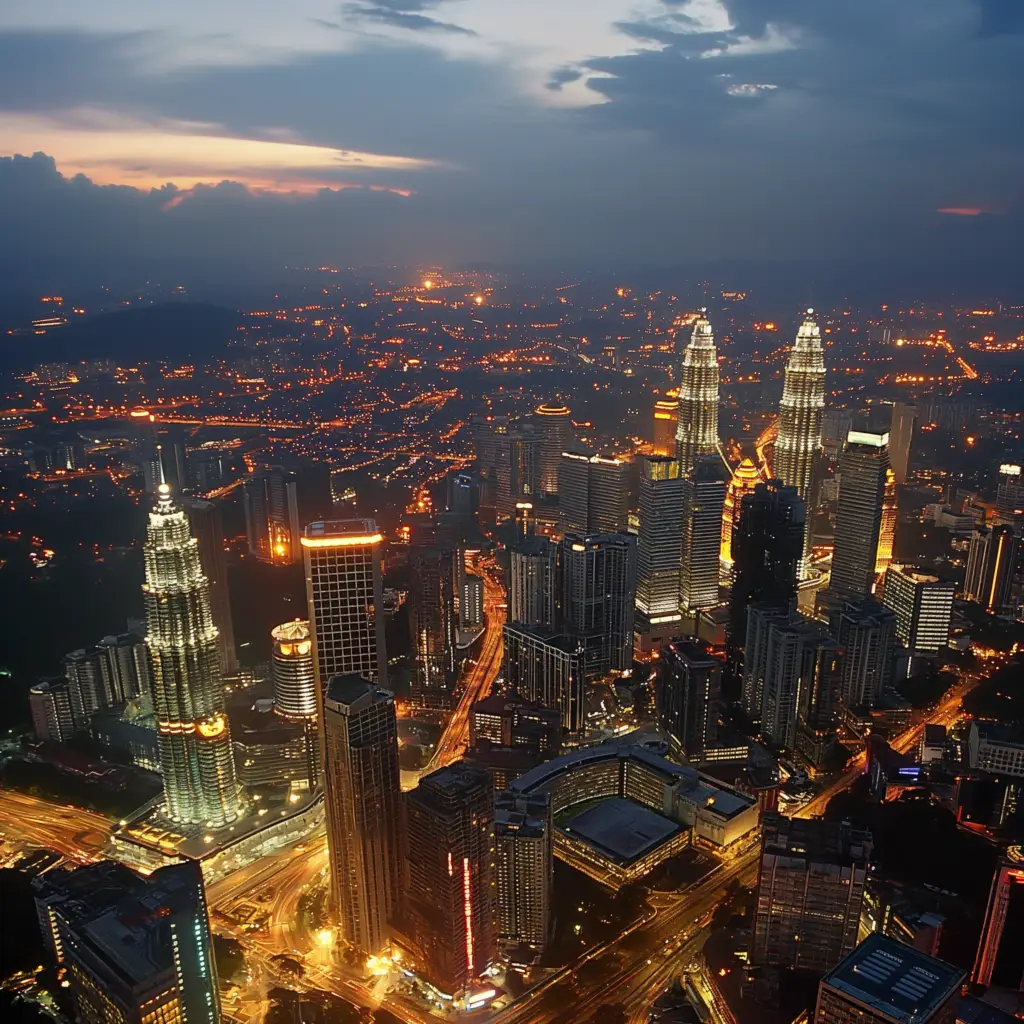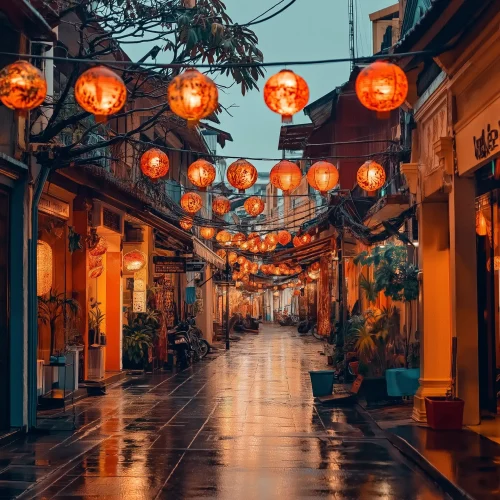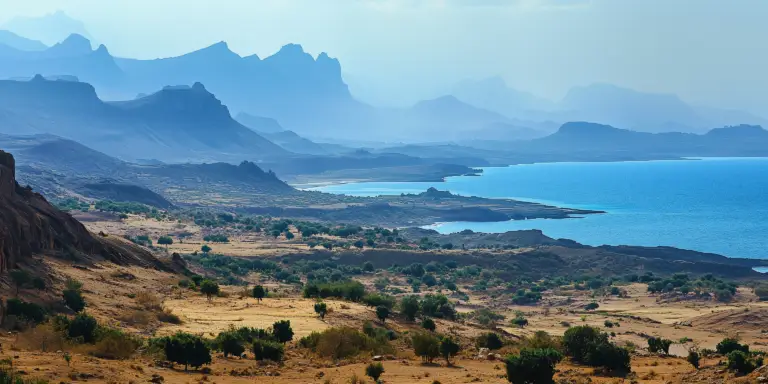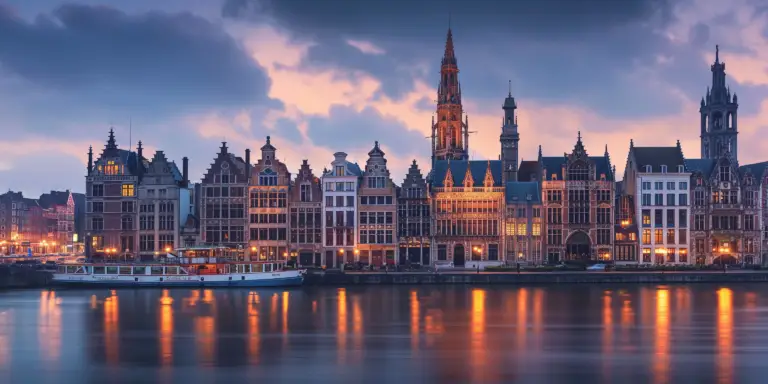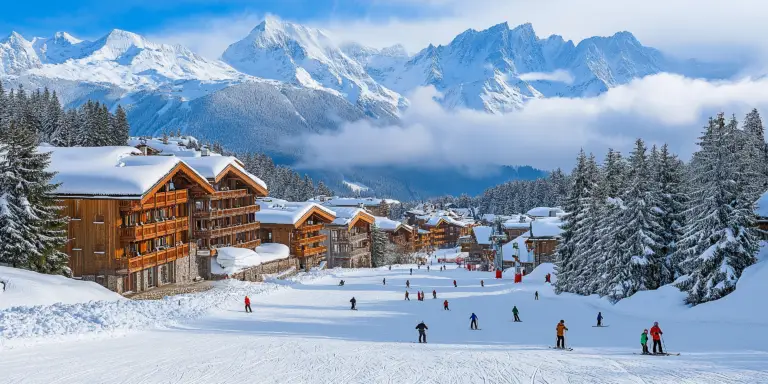Kuala Lumpur, affectionately known as KL, is the dynamic capital city of Malaysia. It’s a place where the old and new coexist harmoniously, offering visitors a rich tapestry of cultural diversity, modern skyscrapers, historical landmarks, and a vibrant culinary scene. This bustling metropolis is famed for its iconic skyline, dominated by the Petronas Twin Towers, and its intriguing blend of Malay, Chinese, and Indian influences reflected in its architecture, festivals, and cuisine.
Iconic Landmarks
The Petronas Twin Towers are perhaps the most recognizable symbol of Kuala Lumpur. These twin skyscrapers, standing at 452 meters, were once the tallest buildings in the world and remain a stunning example of modern architecture. Visitors can take a walk across the Skybridge on the 41st and 42nd floors, or venture to the observation deck on the 86th floor for a panoramic view of the city’s skyline. At the base of the towers lies Suria KLCC, a luxury shopping mall featuring high-end brands, a concert hall, and an art gallery.
Just outside the city, the Batu Caves offer a completely different experience. This limestone hill is home to a series of caves and cave temples, one of the most popular Hindu shrines outside of India. The entrance is guarded by a colossal 42.7-meter-high golden statue of Lord Murugan, and a climb up 272 steps leads to the main Temple Cave, filled with intricate Hindu shrines. The caves also host the Dark Cave, which offers educational and adventure tours showcasing unique flora and fauna.
In the heart of Kuala Lumpur, Merdeka Square (Dataran Merdeka) is steeped in history. This is where Malaysia declared its independence from British rule in 1957. The square is surrounded by colonial-era buildings, including the Sultan Abdul Samad Building with its striking Moorish architecture, and the Royal Selangor Club. The towering flagpole in the square is one of the tallest in the world, marking the historic moment when the Malaysian flag was first raised.
For a touch of tranquility and cultural exploration, the Thean Hou Temple is a must-visit. This grand temple, one of the largest and oldest Chinese temples in Southeast Asia, is dedicated to the sea goddess Mazu. Its architecture blends elements of Buddhism, Taoism, and Confucianism, adorned with ornate carvings and decorations. Perched on a hill, it offers beautiful views of the city and hosts various cultural events and festivals, especially during Chinese New Year.
Cultural Experiences
Kuala Lumpur’s vibrant neighborhoods provide a deep dive into its cultural diversity. Chinatown on Petaling Street is a bustling area filled with street markets, heritage buildings, and mouthwatering street food. It’s a paradise for bargain hunters and food enthusiasts alike, with vendors selling everything from traditional Chinese herbs to delicious local delights like Hainanese chicken rice and char kway teow. The area is also home to historical sites such as the Sri Mahamariamman Temple and the Chan See Shu Yuen Temple.
Little India in Brickfields offers another rich cultural experience. This lively neighborhood is a showcase of the Indian community’s traditions and lifestyle, with colorful shops selling sarees, spices, and traditional sweets. Visitors can explore beautiful temples like the Sri Kandaswamy Kovil and the Buddhist Maha Vihara, reflecting the area’s religious diversity. The streets are filled with the aromas of Indian cuisine, from South Indian banana leaf meals to flavorful biryani.
Modern Attractions
For those looking to experience the modern side of Kuala Lumpur, Bukit Bintang is the place to be. This premier shopping and entertainment district is often compared to Tokyo’s Shibuya or New York’s Times Square. It is home to a plethora of shopping malls such as Pavilion KL, Lot 10, and Berjaya Times Square, offering a mix of high-end brands and local boutiques. The area comes alive at night with bars, nightclubs, and street performances, and Jalan Alor is famous for its bustling hawker stalls serving up a variety of local dishes.
Another modern marvel is the KL Tower (Menara Kuala Lumpur), one of the tallest telecommunications towers in the world. It offers breathtaking views from its observation deck and the thrilling Sky Box, a glass-enclosed box that extends out from the tower, providing a heart-stopping view beneath your feet. The tower also features Atmosphere 360, a revolving restaurant where diners can enjoy panoramic views while savoring a meal.
Travel Tips
Navigating Kuala Lumpur is convenient thanks to its efficient public transportation system, including the LRT, MRT, monorail, and buses. Taxis and ride-sharing services are also readily available. The best time to visit is during the dry months from May to July and December to February, when the weather is ideal for sightseeing. While exploring the city, it’s important to respect local customs, such as dressing modestly when visiting religious sites. English is widely spoken, making it easy for travelers to communicate and navigate the city.
Kuala Lumpur is a city of contrasts, where modern skyscrapers stand alongside colonial architecture and traditional markets. It offers a unique blend of cultural experiences, world-class attractions, and culinary delights. Whether you’re exploring its historic landmarks, indulging in its diverse food scene, or shopping in its bustling districts, Kuala Lumpur promises an exciting and enriching urban adventure.
